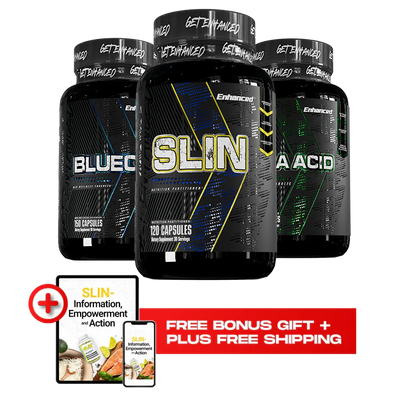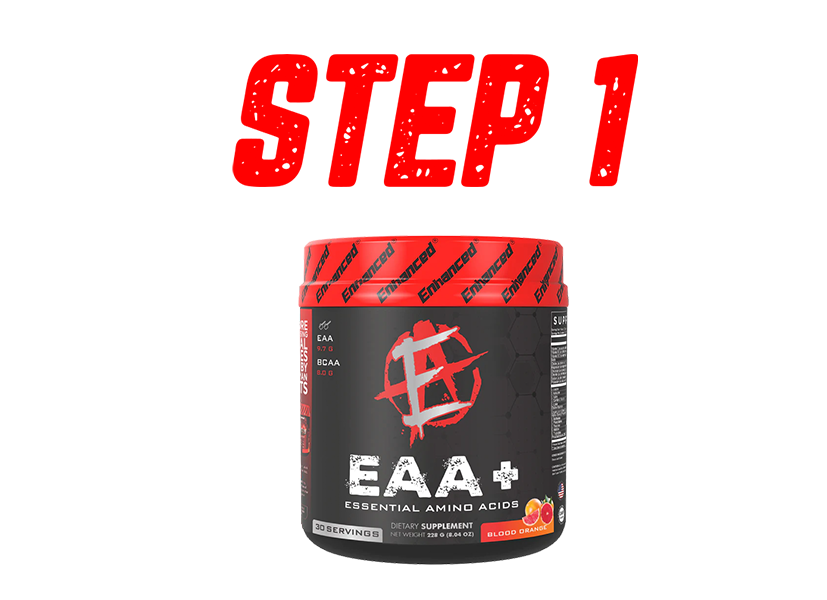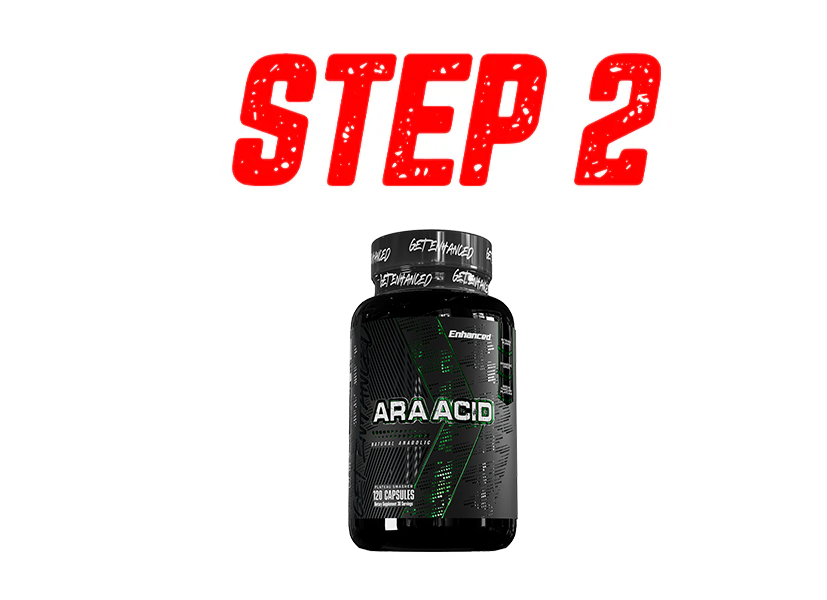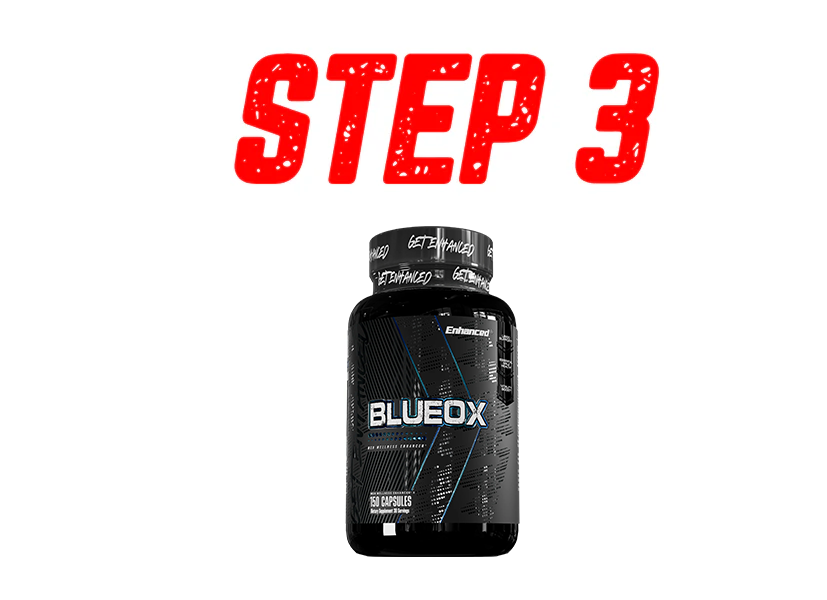Lean Muscle Mass Stack

Lean Muscle Mass Stack
Attain your peak physical form with the Lean Muscle Mass Stack. This advanced supplement combination is crafted for athletes intent on lean muscle development, fat loss, and enhanced recovery. Optimize muscle growth, supercharge your energy, and accelerate recovery with this essential toolkit for a lean, athletic physique.
Regular price
$309.80
$309.80
Sale price$278.82
$278.82
/
- In stock
- Inventory on the way

-
 100% MONEY BACK
100% MONEY BACK
-
 FREE SHIPPING
FREE SHIPPING
-
 MADE IN FDA INSPECTED FACILITY
MADE IN FDA INSPECTED FACILITY















